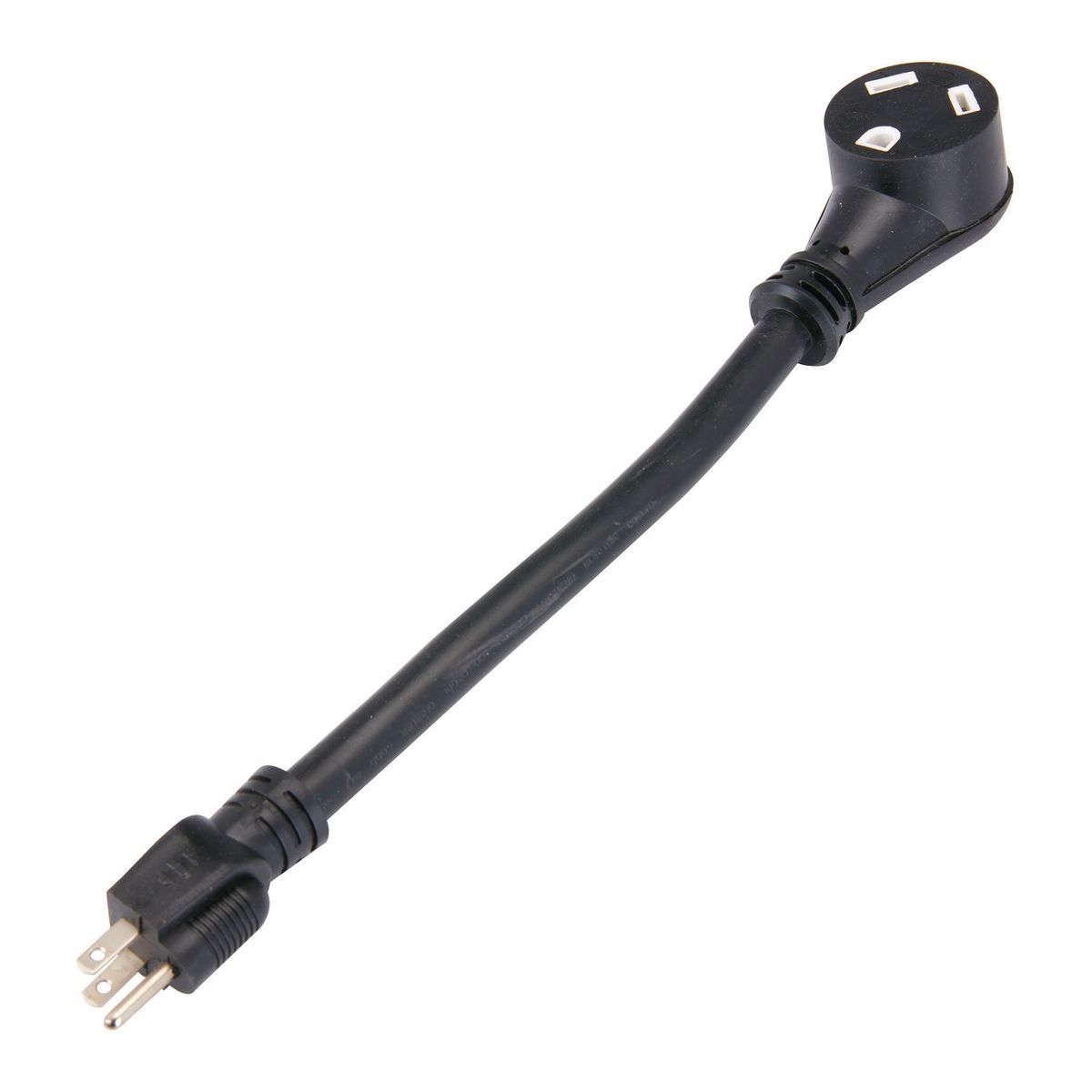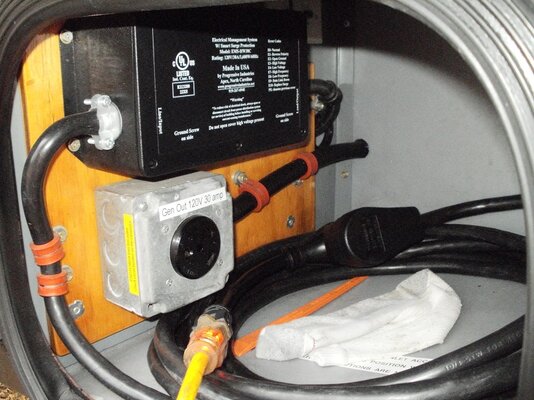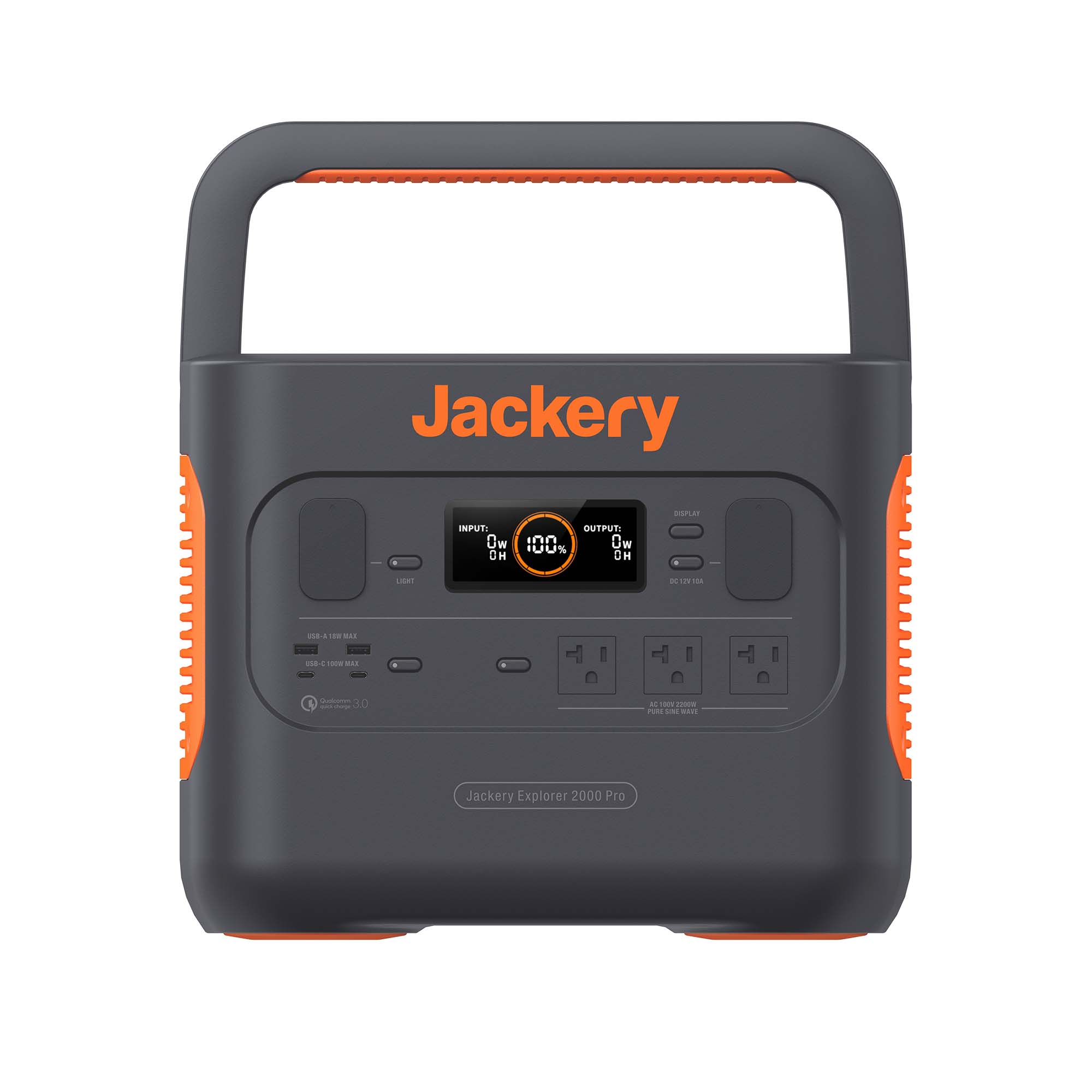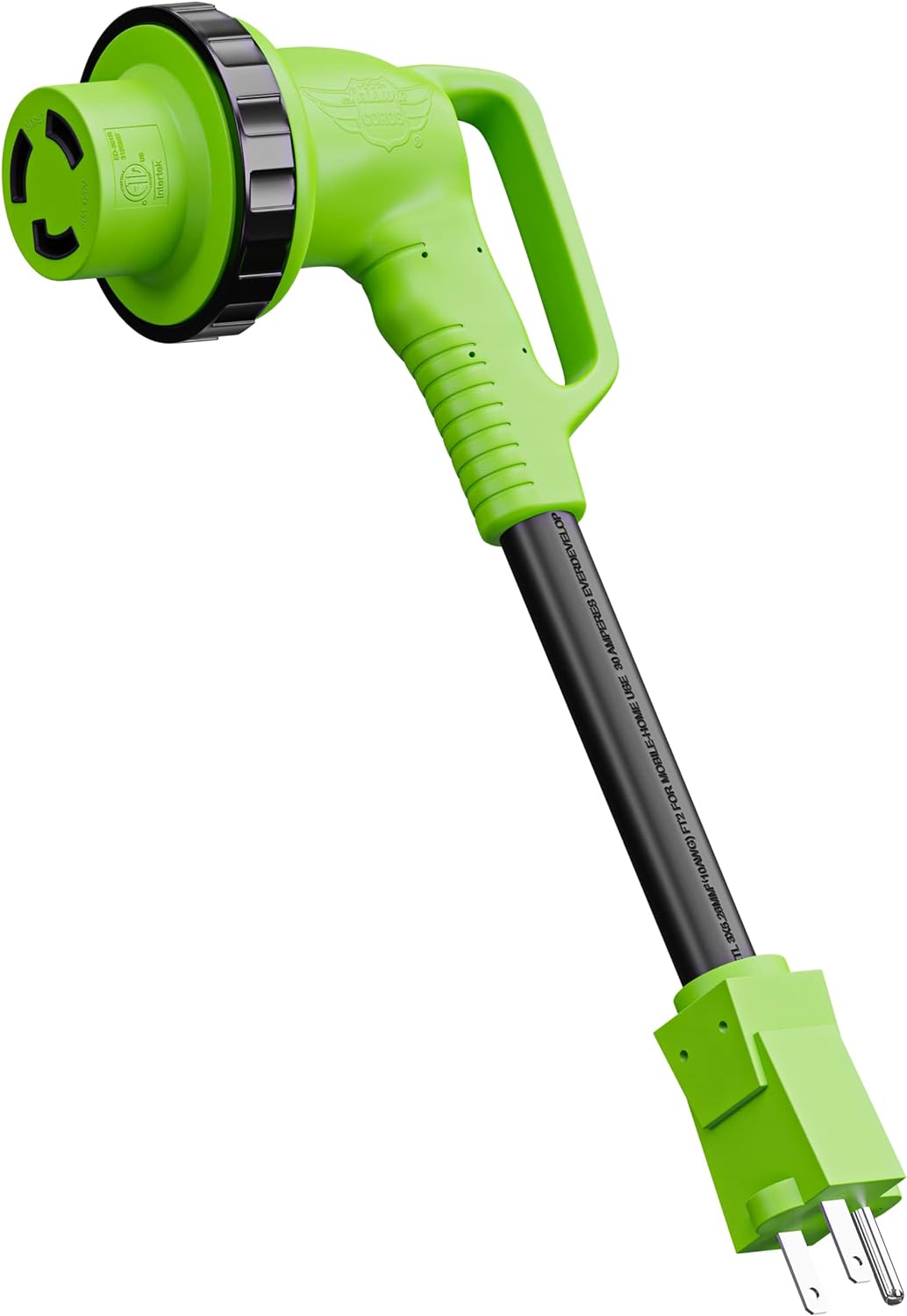ReelFeelingsFishing
Member
Thanks, Charles! A lot of great info in your post, and I’ll follow up on your recommended resources when I’m ready.Rick and Sharon of the YouTube channel Gonagain travel the western US from their home in Montana using a SUV and a converted cargo trailer. The have a Playlists page that includes their cargo trailer build. They also do equipment reviews and just today posted a review of a Bluetti AC200L.
You may find some useful information in their videos.
Also, be aware that most if not all states require a trailer to have brakes (usually 1500 lbs and above, but it varies with the state) and part of this is an emergency break away system that will set... and HOLD the brakes for (if I recall correctly) 15 minutes. Which is one good reason for going ahead and setting up the trailer with some sort of battery. Many cargo and utility trailers use sealed lead acid batteries for this purpose, but you will do well to set up a larger one for other uses, which can be swapped later for bigger/better/different.
A modern power converter is mult-stage, having various voltage levels to bulk charge a lead acid battery, then drop to a lower level during normal use, and a even lower level to maintain and possibly desulfate the battery without cooking it. I leave my trailer plugged in 24/7 and the battery dates back to about 2018 and shows no signs of quitting. A transformer will simply cook batteries and not be useful with future lithium batteries either. Many new converters will multistage maintain lead acid and can be switched to lithium ion, making it a once and done investment.
The power panel I suggested (and most other similar panels) have 12 to 14 fuse/circuit locations for 12v DC circuits, more than enough for everything conceivable in a small cargo trailer. True RVs are regulated by the National Electric Code article 70-551, which establishes limits on the number of branch circuits and many other factors in an RV electrical system.
Charles
I wonder if I’ve been unclear in what I’ve shared so far because folks keep encouraging me to get a 12v battery (batteries). I have a 2000kW portable generator/battery already (Jackery - similar to the Bluetti you referenced, and I’ve seen DualEx, on YouTube, wire up a Bluetti, too). There are five states I imagine the trailer in: (1) parked, disconnected from my truck, and connected to a campground’s shore power for electricity; (2) parked, connected to my truck’s on-board generator for electricity (boondocking overnight); (3) parked, connected to my 2000kW Jackery for electricity (pulled over for lunch/dinner/relax and don’t want to have the truck’s generator burning gas); (4) parked and unpowered completely (when it’s not in use); or (5) hitched/towing and connected to 2000kW Jackery for electricity. In all parked configurations above, my Jackery can be charging from available 120v sources or solar (I have two, 200W panels).
I had NO idea about the electric brake laws you referenced. That makes sense, now, why I’ve seen so many trailer listings reference electric brakes. I definitely need to do my research there, but, coincidentally, I think my state (5), above, will satisfy the power need.





